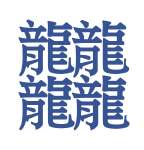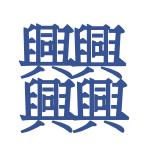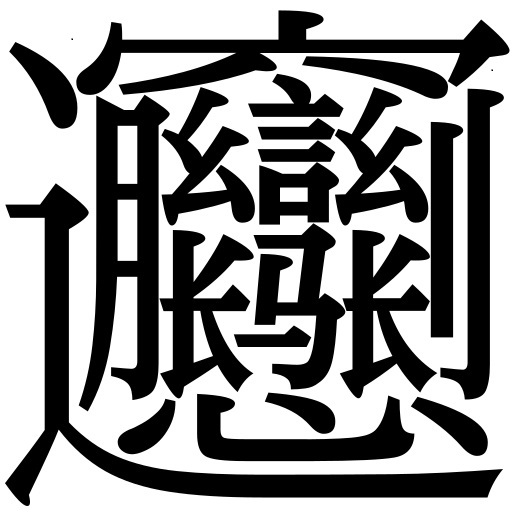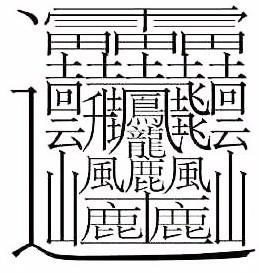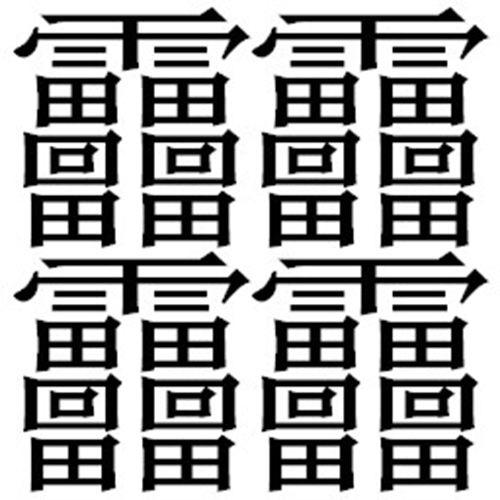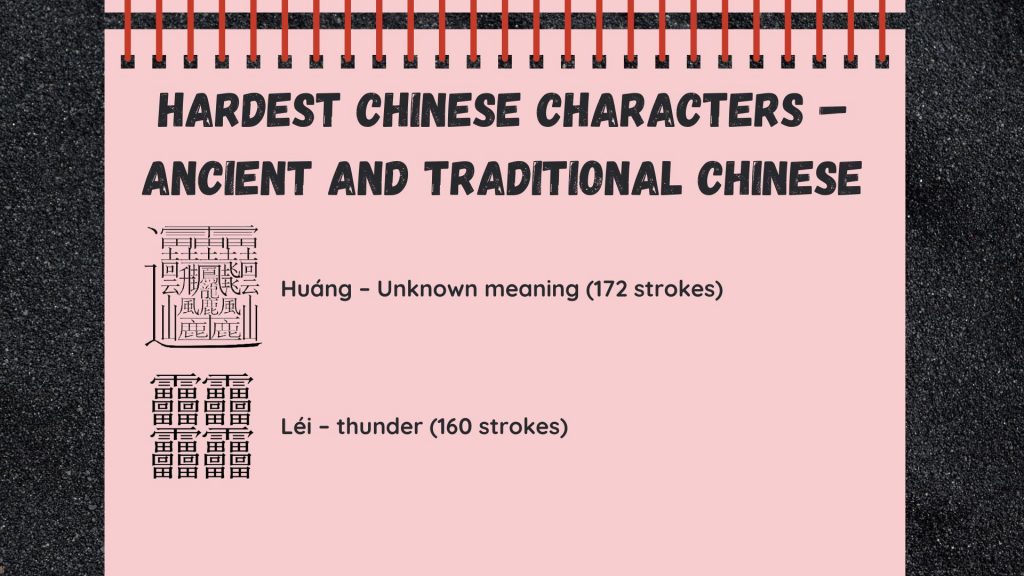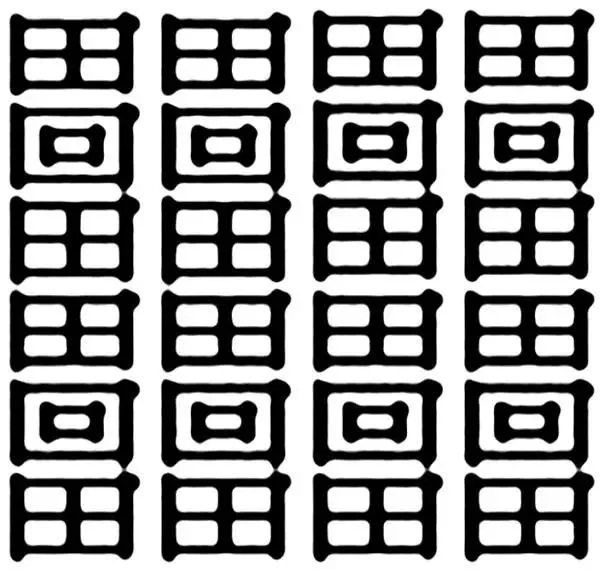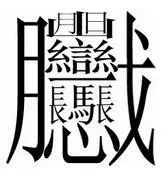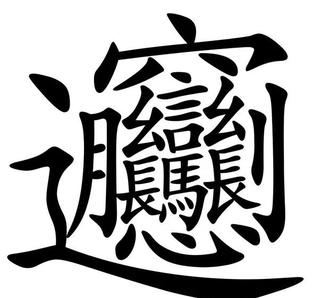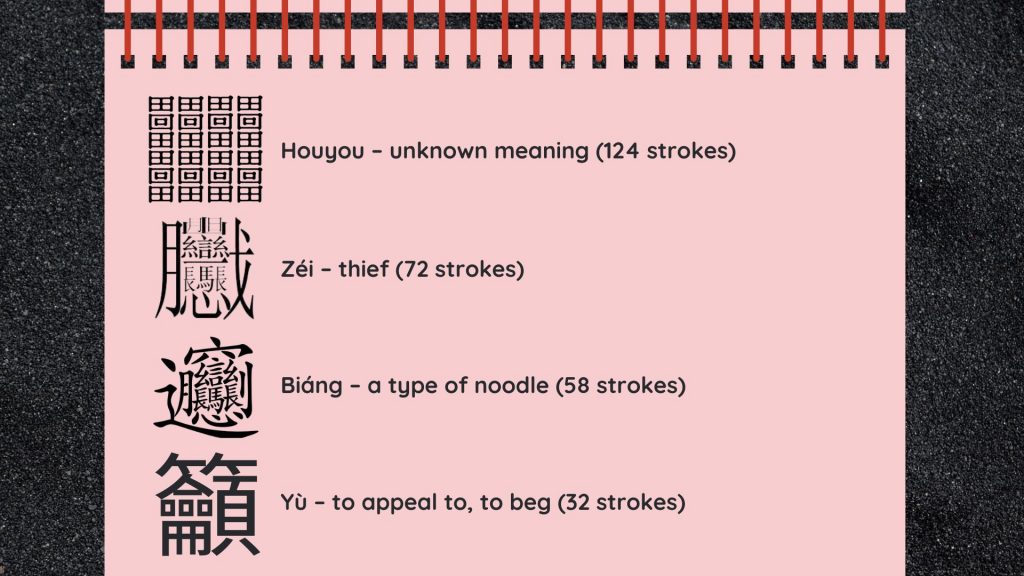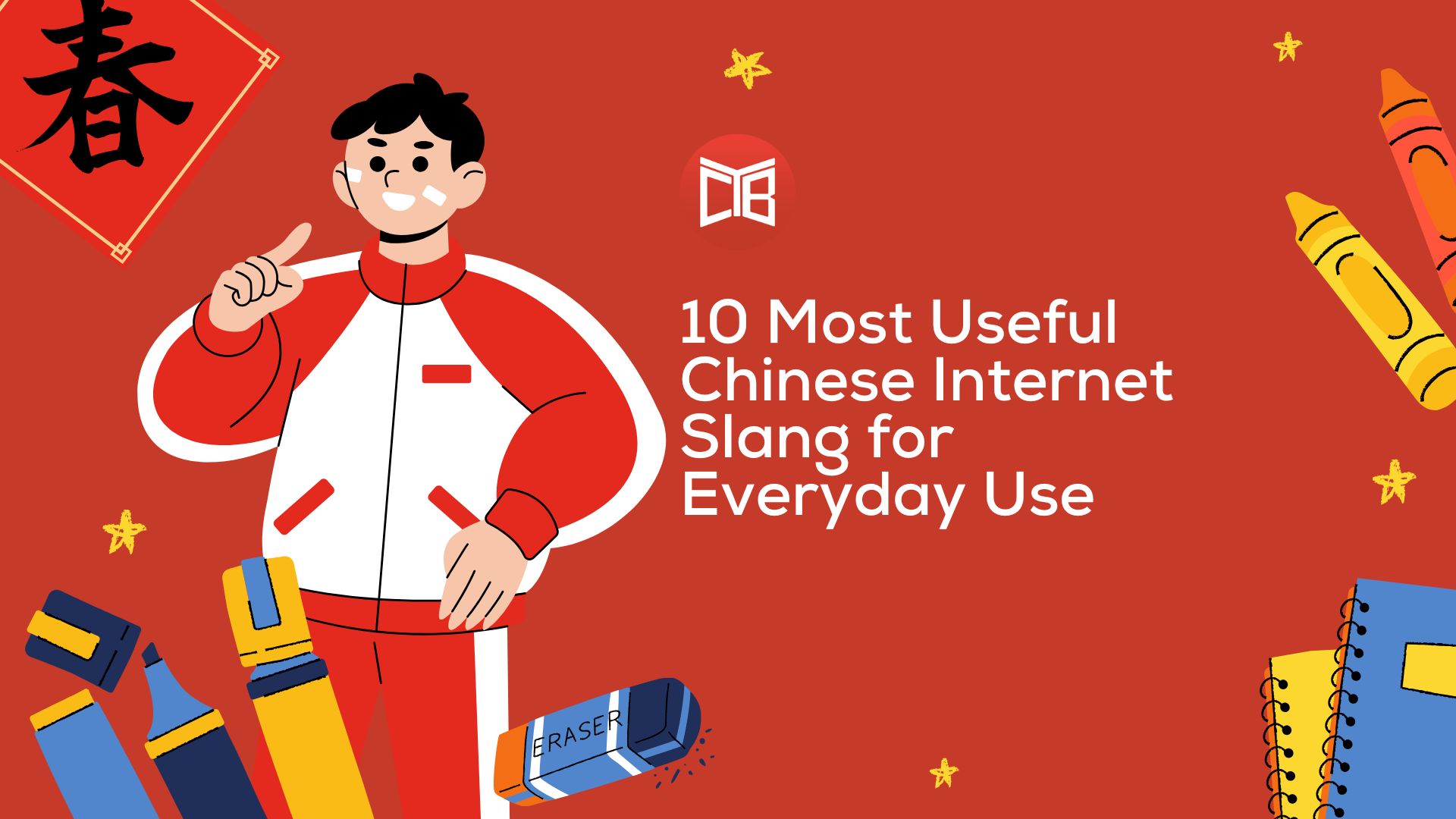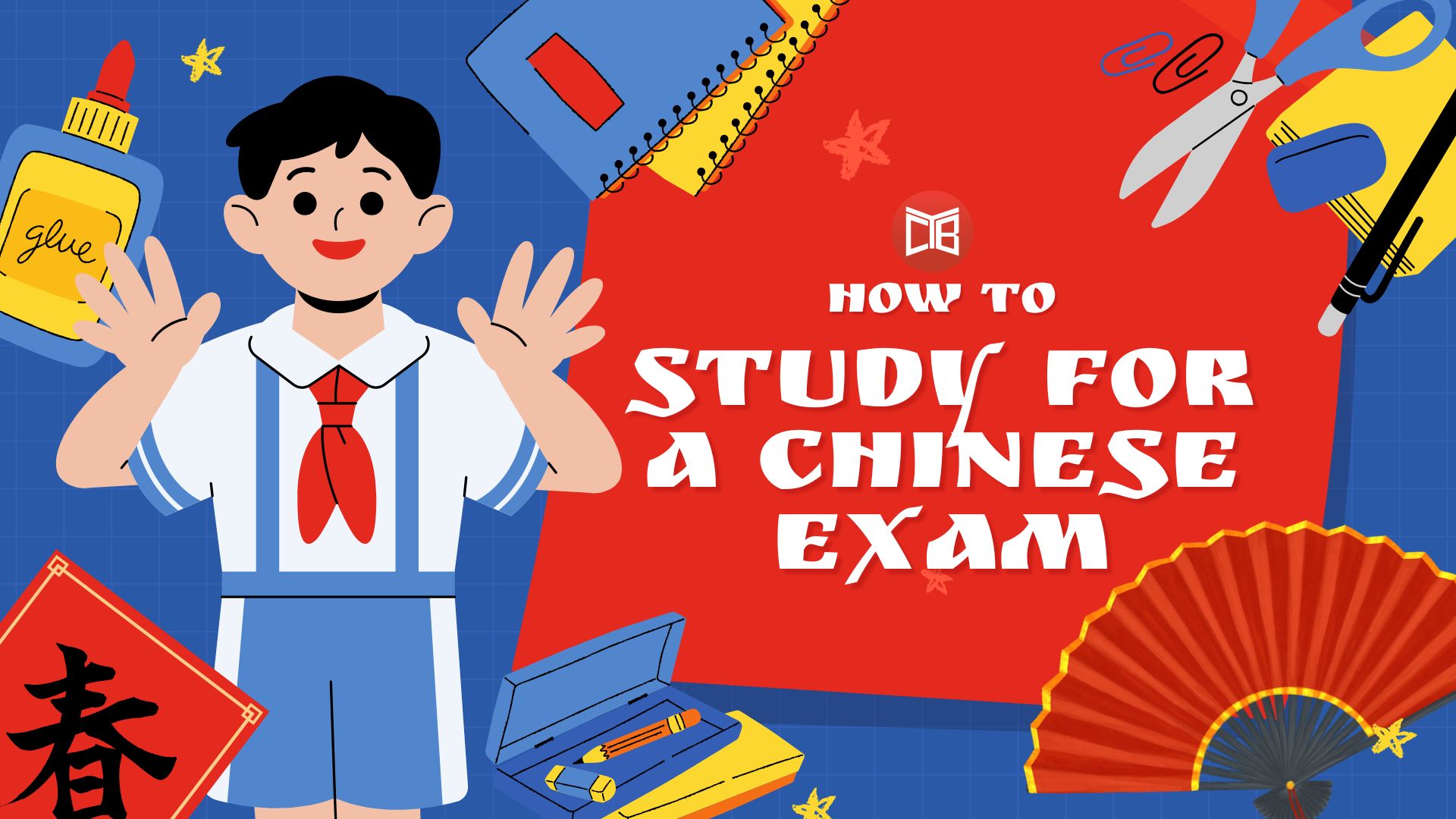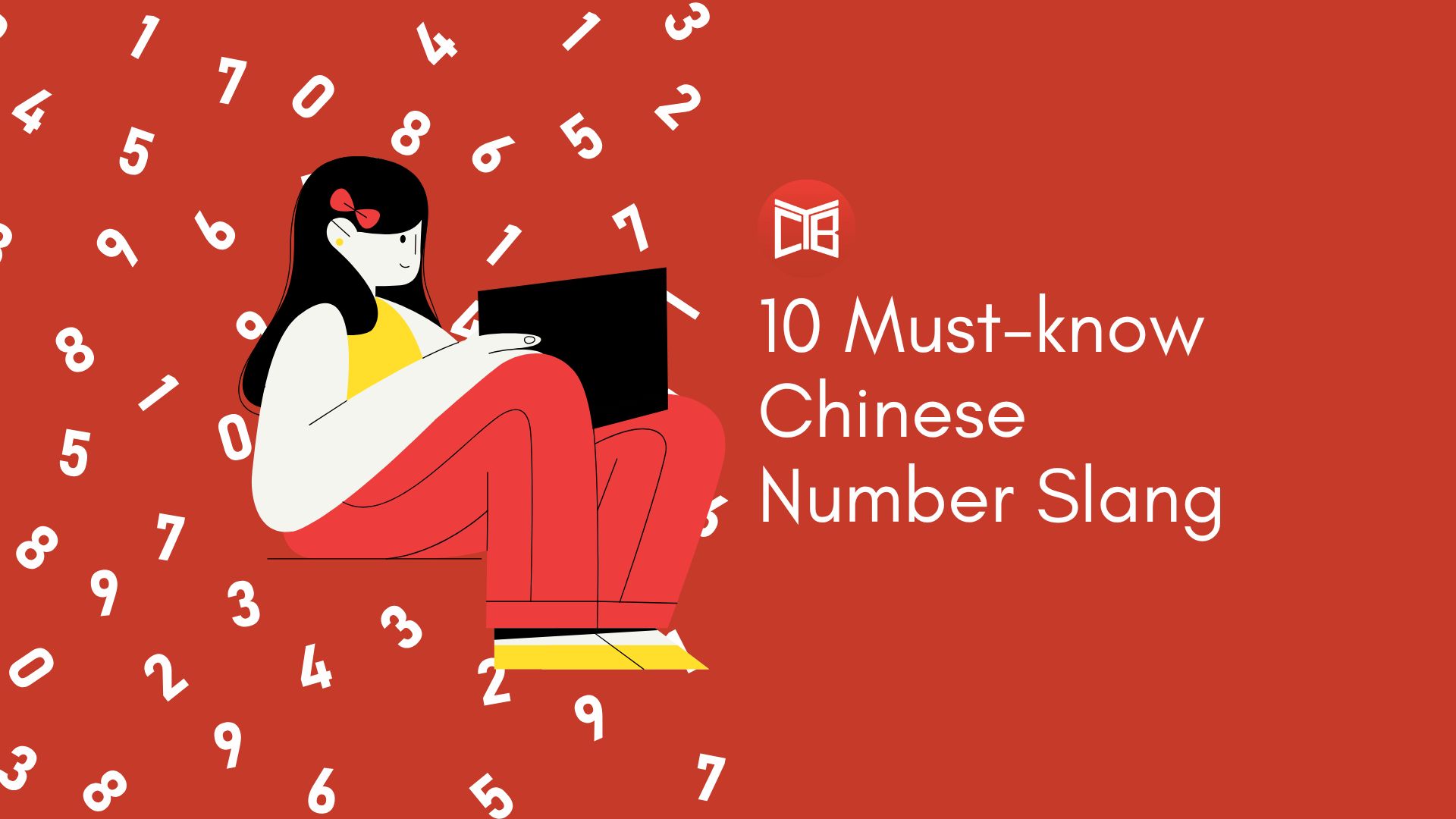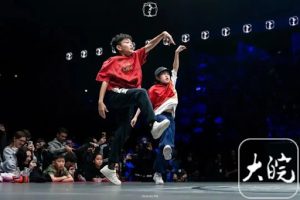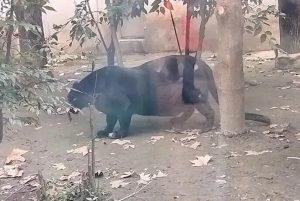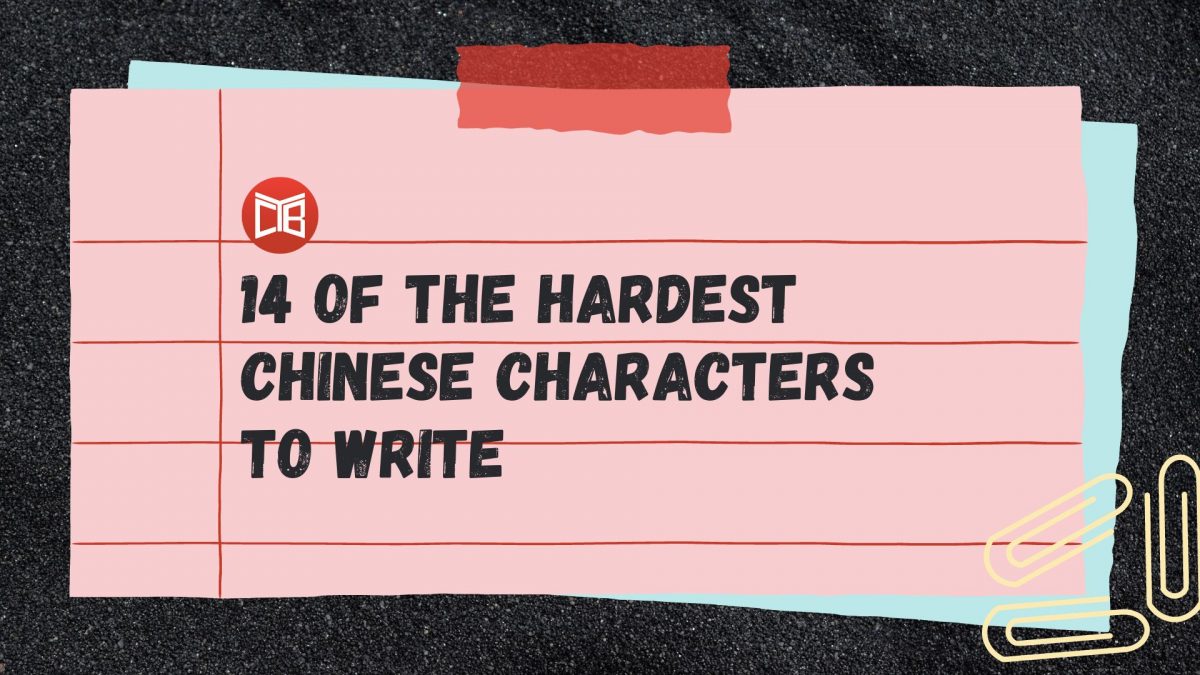
One of the most rewarding aspects of studying Chinese is learning about their rich and fascinating writing system. Here is a list of the most difficult Chinese characters, first in Simplified Chinese and then in Traditional and ancient Chinese, plus a couple of bonus characters for fun.
1. Zhé – noisy, verbose (64 strokes)
2. Zhèng – unknown meaning (64 strokes)
Zhé and zhèng both have 64 strokes which puts them at equal top on the list of Simplified Chinese’s hardest characters to write. However there are three problems with declaring them Simplified Chinese’s most complex characters. Firstly, they are actually traditional characters that just don’t have simplified versions (because they haven’t been used for thousands of years). Secondly, as they haven’t been in use for thousands of years, you’re not going to come across them in your reading. And thirdly, are they really so complex? Look closely at both characters. “Zhé” is just the traditional character for dragon, 龍 (long), written four times (this is known as a quadruplicated character). Likewise “zhèng” is a quadruplicated character based on the traditional character for rise or flourish, 興 (xīng). And you’d think if the two characters were to make a sudden and unexpected reappearance into modern Chinese, then they would each use the simplified character multiplied by four. The modern character for rise/flourish is 兴 which only has 6 strokes (for a total of 24), and dragon (龙) only has 5 (a measly total of 20 strokes), so hardly contenders for the longest Chinese character.
3. 䨻 Bèng – thunderclaps (52 strokes)
Bèng is another long-time no-use character, and another character made up of the same four characters. This time it is the character for thunder, 雷or léi.
4. Biáng – a type of noodle (42 strokes)
This Simplified character’s so tricky that you can’t even type it on a computer. Instead I will need to show an image:
Biáng has attained a certain fame as the most complex Chinese character of them all. However, again there are a few issues surrounding it. The character has a very, very specific meaning: it is used in the name of a traditional Shaanxi noodle dish. There are arguments that it isn’t a standard Chinese word (proof of this, there is no pinyin sound for biang). Some argue the word should be classed as Shaanxi dialogue, while others believe the character is just a made-up invention by some clever Shaanxi noodle restauranteur. Note also that the traditional character has 58 strokes, and though this is the version that is always used in the restaurants, the simplified version has ‘only’ 42 strokes which is slightly less complex.
5. 齉 Nàng – blocked/stuffed nose (36 strokes)
Because zhé, zhèng, bèng and biáng are all problematic in the contest to be China’s hardest character, some will argue that nàng is the real winner. This is because unlike the others, it is actually in modern usage. It comes first for most number of strokes in the Table of General Standard Chinese Characters. However it is still a pretty rare character to come across, it doesn’t even appear on the Modern Chinese Frequency List of the 10,000 most common words.
6. 齾 Yà – dented, chipped, gap-toothed (35 strokes)
The character with the most strokes to appear on the Modern Chinese Frequency List is yà with 35 strokes. According to the list it is the 6,957th common character, or very low frequency. Even many well-educated Chinese won’t know this character.
7. 矗 Chù – lofty, upright (24 strokes)
If we search for characters on the Frequency List with a bit more common usage, the 24-stroke character of chù is the 3,029th most frequent. However it’s not hard to write because it is a triplication of the 直 character (zhí or straight).
8. 罐 Guàn – jar, jug, pitcher, classifier for canned objects (23 strokes)
Finally we have guàn, which is the most difficult character (in terms of strokes) on the HSK vocabulary lists (HSK6). It will be interesting to see when the expanded HSK system is rolled out, if we will see some more complex characters appear on the HSK7-9 lists.
Hardest Chinese Characters – Ancient and Traditional Chinese
If we look beyond the simplified character system now used in mainland China, we inevitably find several more complex characters.
1. Huáng – Unknown meaning (172 strokes)
Huáng, with its incredible 172 strokes, is generally regarded as Chinese writing’s most fiendishly difficult character. The character however is shrouded in mystery, as scholars have tried to determine both its source and meaning. Some believe it is just a made-up or nonsense word. Others argue that it isn’t a character at all, but an ancient Daoist magic symbol used to ward off evil, cast spells or heal. These ancient Daoist practitioners used to invent complex talismans made up numerous characters (think ‘abracadabra’ but on a much grander scale).
Which characters comprise huáng and how many are there? Well this step-by-step instruction for writing the character will give you an idea: start off with the rain character (雨) at the top, then under it three fields (田), then under them five earths (土). This makes up the top row. On the second row, on the left and right sides are the characters for return (回) and cloud (云). Between them are two fly and earth characters (飞, 土) on the right side, a phoenix (鳳), and a dragon (龍), and to their left another couple of earth characters. Under it, on the third row, add the wind (風), deer (鹿), wind, and under them earth with two deers inside, all bookended by two mountains (山). Finally all of them are placed on the walking radical (辶). Not that hard, is it!
2. Léi – thunder (160 strokes)
Ancient Chinese writing also used the pattern of four of the same character to make a new character. Both léi and the next character on our list, houyou, repeat a character four times. They are not especially complicated to write, just very time-consuming, and some experts have wondered if they aren’t perhaps just I Ching pictograms.
3. Houyou – unknown meaning (124 strokes)
4. Zéi – thief (72 strokes)
Zéi is another character from ancient times no longer in use, but despite being ‘only’ 72 strokes is a lot more complex than léi and houyou. However it is not certain if this was ever standard Chinese or instead purely regional, from one of the many Chinese dialects.
5. Biáng – a type of noodle (58 strokes)
We already mentioned biáng, and its simplified version of 42 strokes. The traditional version, the one you see on the menus, is so complex that people can’t even agree on how many strokes it has! I’ve seen references to it having 58 strokes, 57 strokes, 62 strokes, 56 strokes. And the actual name of the noodle is Biangbiang, the character repeated, so theoretically the word has 112 to 124 strokes! Whatever the amount, it’s a lot.
6 籲 Yù – to appeal to, to beg (32 strokes)
Just as with Simplified Chinese, most Traditional characters with more than 30 strokes are either archaic or rarely used. So perhaps the winner for Traditional character with most strokes that is frequently used in modern Chinese is yù, with 32 strokes. Incidentally, the simplified version only has 6 strokes (吁). And not only was the writing simplified, so was the meaning. In Mainland China instead of meaning appeal or beg, it’s just what you ask a horse to do when you want it to stop…”whoa!” I guess it’s a kind of appeal.
Bonus: Two Personal Favourites
Chinese characters can be fascinating to study, but it’s not just the complicated characters with dozens and dozens of strokes that are interesting. I especially like the characters that tell a story or paint a picture. Two of my favourites are:
矛盾 máodùn – a contradiction
Máodùn means contradiction and comprises two characters: máo (矛) means ‘spear’, and dùn (盾) means ‘shield’. How does that then become ‘contradiction’. Well, there’s a story of two merchants bragging about their wares. The first one, who sold spears, claimed that his spears were so strong and well-made that they could pierce even the hardest, thickest shield. Whereas the second merchant, who sold shields, boasted that his shields were so good that no spear could penetrate it. Which raised the inevitable question, well what if you threw the incredibly strong spear at the incredibly tough shield? Thus the word, ‘contradiction’.
竄 cuàn – to flee
Cuàn means ‘to flee’ and the character is made up of two parts. At the top is the character of xué (穴) and it means a hole. And the bottom is the character for mouse, or shǔ (鼠). So to remember how to write the character you can think of a mouse quickly fleeing into a mousehole!
Learning to write Chinese can be a very daunting process and, although it’s said you’ll only need to know 2-3,000 characters to read a newspaper, there are over 80,000 Chinese characters in total. Despite the challenge, learning to read and write Chinese can be extremely rewarding. The Chairman’s Bao is a great resource for both: it has graded readers focusing on news and current affairs, and it has Pleco functionality allowing you to access the live dictionary and practise writing characters.
Author
Nick Dennis

Nick is an English teacher who has taught English as a Foreign Language in China, Italy and France. He has a Bachelor of Arts (Modern Languages), majoring in French, from the University of New South Wales. He loves travel, reading and football and, of course, learning languages. Four years ago, Nick and his wife co-founded an online English language school targeted at the Chinese market (since sold to Chinese investors). He has also ghost-written the autobiography of a well-known Australian horse trainer.


